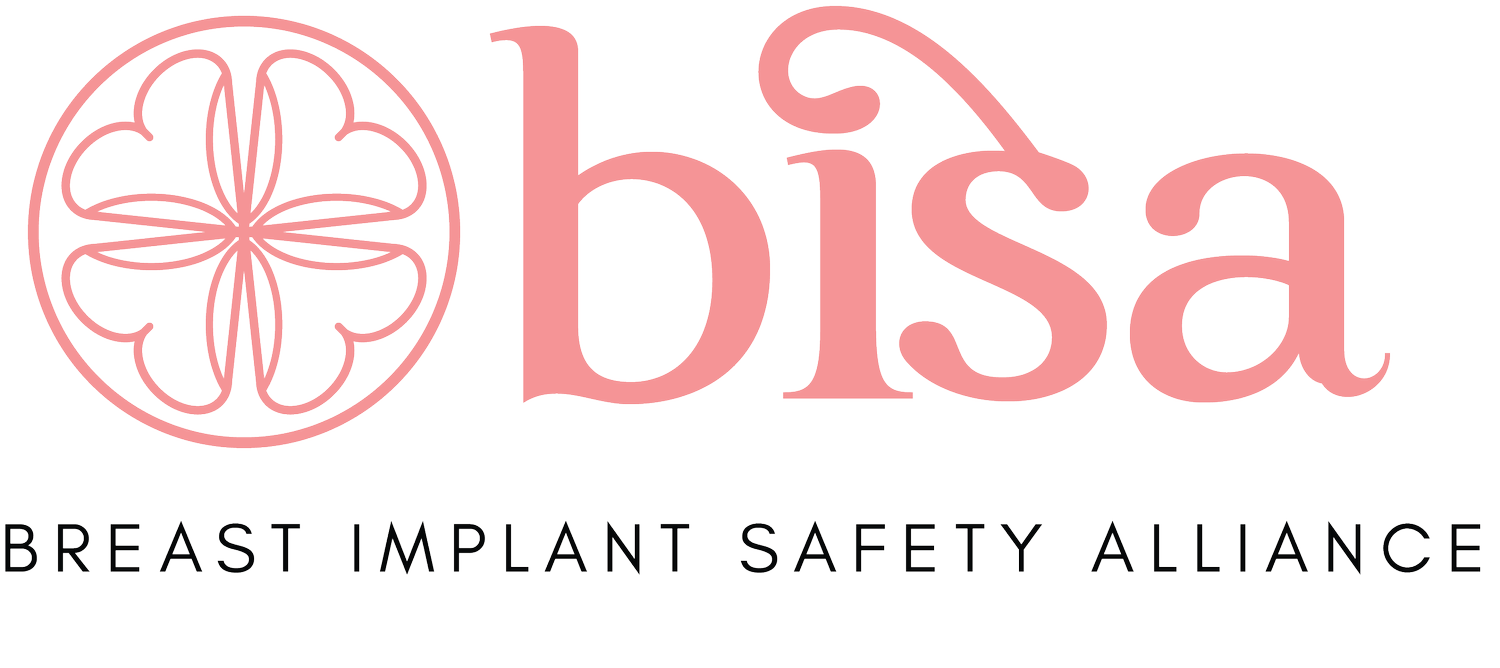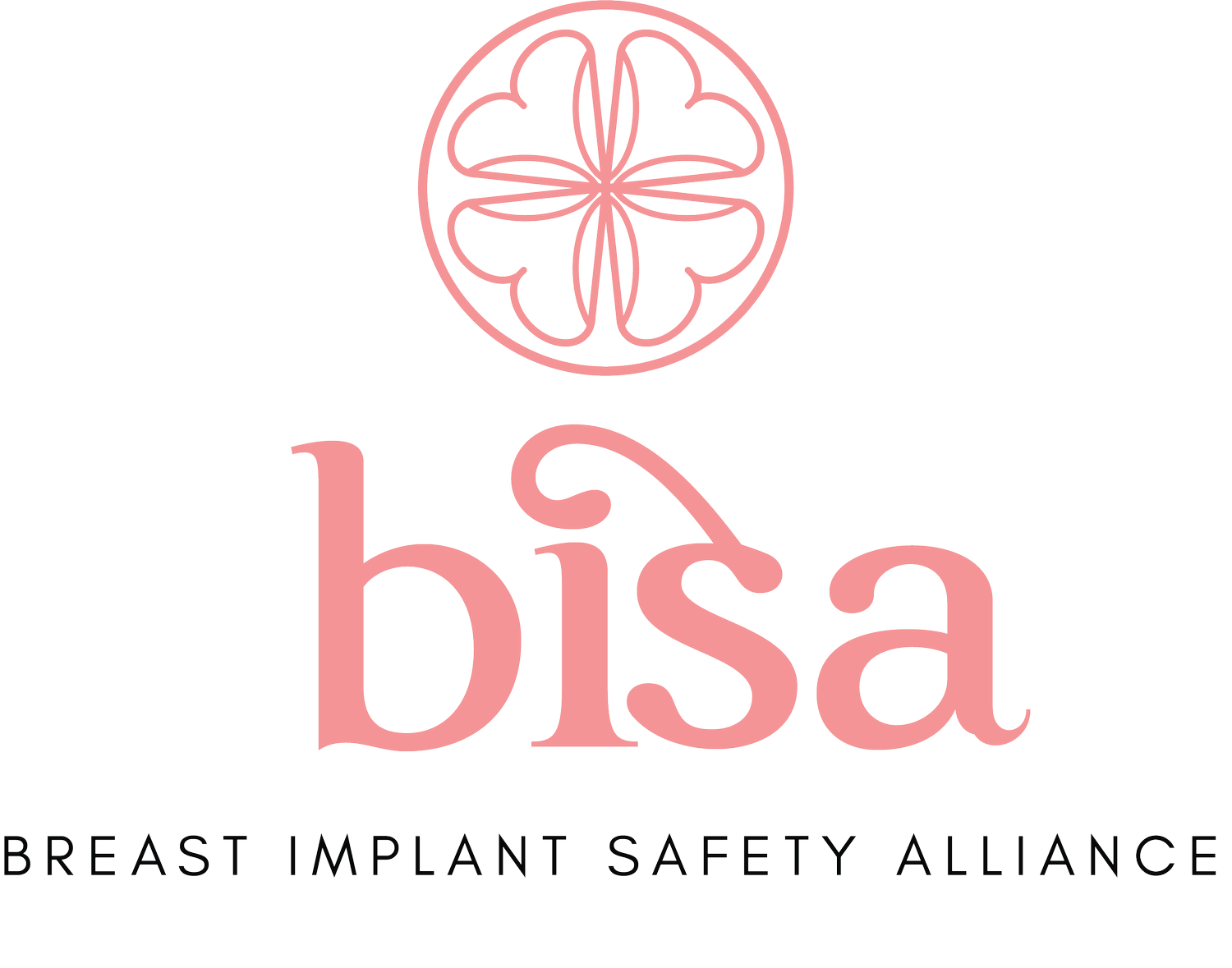Breast Implant-Associated Anaplastic Lymphoma (BIA-ALCL)
About BIA-ALCL
Textured breast implants and expanders can cause a specific type of cancer called Breast Implant-Associated Anaplastic Large Cell Lymphoma (BIA-ALCL). This is a cancer of the immune system that begins in or near the scar tissue that forms around a breast implant.
Because of this risk, patients should know whether they have ever had a textured breast implant or implant expander.
There are many different types and brands of textured breast implants. All tear-drop-shaped breast implants are textured. Some round breast implants are textured. The risk of BIA-ALCL applies to all textured breast implants or expanders even though the level of risk for each may be different.
Patients should know the signs and symptoms of BIA-ALCL. Many symptoms are similar to non-cancerous breast implant complications or other health conditions. For this reason, any change in the way a breast looks or feels should be evaluated for BIA ALCL by a knowledgeable doctor.
If you have imaging, your doctor and radiologist should be informed of your risk for BIA-ALCL so signs of the disease will be recognized.
Do not assume a doctor is knowledgeable about BIA-ALCL. BIA-ALCL is an emerging disease and knowledge is changing rapidly. Educate yourself about BIA ALCL, ask questions, and explore resources to help you identify a truly informed doctor.
BIA-ALCL is a cancer of the immune system caused by textured breast implants and expanders. Recognized by the FDA, BIA-ALCL is an emerging disease and knowledge is changing rapidly.
View the patient perspectives presentation by expert advocates from the annual conference.
FAQs
What symptoms of BIA-ALCL should I watch for?
Enlargement or swelling of your breast(s)
Hardening of your breast(s)
Report lumps or bumps on or in your breast(s) or armpit(s)
Pain or significant tenderness in your breast(s) or in your armpit(s)
Redness or skin rash on or around your breast(s)
Breast itching
Monitor for skin changes to the breast(s)
How is BIA-ALCL treated?
“If the pathology results indicate BIA-ALCL, the NCCN guidelines recommend surgery to remove the implants and the entire surrounding scar tissue capsules. The surgeon should perform an “en bloc capsulectomy” (removing the breast implant and the capsule of scar tissue surrounding it in one piece [along with a margin of uninvolved tissue]). Even if only one implant is affected by BIA-ALCL, both implants should be removed. If there are any masses (tumors) or any involved or suspicious lymph nodes, those should also be removed during the surgery.”
Source: This information is provided by breastcancer.org.
Is there a diagnostic code for BIA-ALCL?
The billable ICD-10-CM code used to indicate a diagnosis for reimbursement purposes is C84. 7A.The 2022 edition of ICD-10-CM C84. 7A became effective on October 1, 2021.
More Resources on BIA-ALCL
Helpful Resources
BIA-ALCL Website
BreastCancer.org: What is BIA-ALCL?
American Society of Plastic Surgeons BIA-ALCL
FDA: Medical Device Reports of Breast Implant-Associated Anaplastic Large Cell Lymphoma
World Consensus Conference on BIA-ALCL
Just Call Me Ray
American Association of Plastic Surgeons: BIA-ALCL Evidence-Based Consensus
Implant Recall Information
DrugWatch: Allergan Breast Implant Recalls
FDA: Allergan Voluntarily Recalls BIOCELL® Textured Breast Implants and Tissue Expanders
Online Support
ALCL In Women With Breast Implants BIA-ALCL Facebook Group
Questions about BIA-ALCL?
Learn about the condition by visiting the patient-created website on BIA-ALCL, and feel free to contact us.


